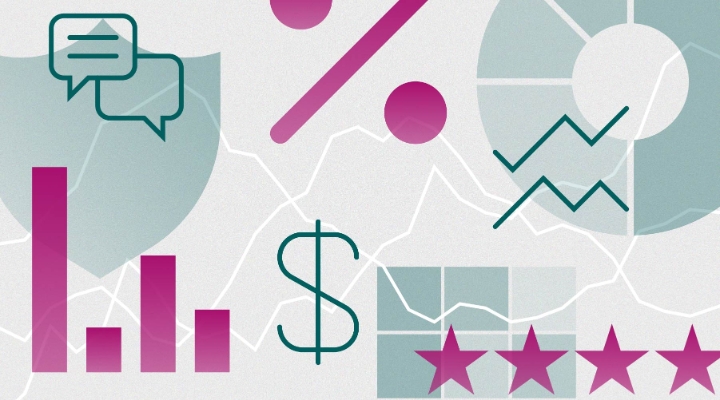
Valentine's Day is upon us and it's a day for celebrating love. But what about those who don't feel loved? Just as when you're looking for the perfect partner, keep in mind that hidden gems are everywhere. You just need to know where to look and be brave enough to take the plunge. The same logic can be applied to investments, and especially funds that are unloved by investors.
Last year was the worst in decades for bonds and the worst since 2008 for global equities. However, there will certainly be opportunities in the rubble. This concept is the basis of contrarian investment philosophy. It's what Morningstar calls "buy the unloved."
Now, to be fair, "unloved" funds can be unloved for a reason: a period of underperformance, an unfavourable investment strategy, or industry challenges, can all give you legitimate grounds for caution. Still, taking a counter-current approach to fund selection can also produce great results.
An analysis of investment flows over the last 25 years clearly tells us that investors are chasing returns. Usually, inflows bring more, while outflows produce more redemption, in a kind of vicious circle. Eventually, popular titles become too expensive and unpopular titles too cheap, and the process reverses. Therefore, the combination of strong inflows and high past returns is a good indicator of a stock's overvaluation.
The 1999 tech bubble and the 2007 housing bubble are two good examples of why you shouldn't buy the most popular fund categories at the moment.
On the other hand, it would have been a good choice to buy funds in 2000 that were undervalued and almost ignored by the majority of investors, such as large emerging markets. Of course, outflows don't make funds cheaper or better, but they could indicate parts of the market that are unpopular and perhaps ripe for a rebound.
And it is precisely by capturing this intuition that the Buy the Unloved strategy comes into play. In the US, Morningstar analysts have been following this approach since 1994 and the results are startling.
In practice, the three least-loved stock categories and those most loved by investors (in terms of net inflows) are identified each year, to then feed two distinct portfolios with these two groups (the loved, and the unloved, unloved). The strategy envisages keeping the chosen funds for three years, adding each year the least or most popular categories from the previous year.
Over the complete period (see graph below) $10,000 invested on 1 January 1994 in the "unloved" portfolio would have become $204,276 on November 30, 2022; the same amount invested in the "loved" one, on the other hand, would have been worth only $47,924 at the end of the period, less than the $79,525 that the same investment in an international large-cap blend equity fund would have returned (in this case the result corresponds to the average of category).
The same conclusion emerges from analysis of the returns of the three strategies over different time horizons. Also in this case, the unloved portfolio turns out to be the best over all the periods taken into consideration, except for the past year.
In Europe we do not have such a long history. However, we can already draw some interesting conclusions. As shown in the table below, the International Large Cap Growth Equities, Euro Area Large Cap Equities and US Large Cap Growth Equities categories were the least popular in the Old Continent last year (in terms of funding, among equities).
Nonetheless, within them there are funds that could be useful to those who feel ready to challenge the wisdom of the crowds. Below we have listed two funds with a positive Morningstar Analyst Rating in each category.
Azionari Internazionali Large-Cap Growth
T. Rowe Price Funds SICAV - Global Growth Equity Fund A USD (Analyst Rating of Gold)
Capital Group New Perspective Fund (LUX) B (Analyst Rating of Silver)
Azionari Zona Euro Large Cap
iShares Core MSCI EMU UCITS ETF EUR (Analyst Rating of Gold)
iShares EURO STOXX UCITS ETF (Analyst Rating of Gold)
Azionari USA Large Cap Growth
PGIM Jennison US Growth Fund USD A Accumulation (Analyst Rating of Silver)
Morgan Stanley Investment Funds - US Growth Fund A USD (Analyst Rating of Bronze)




























